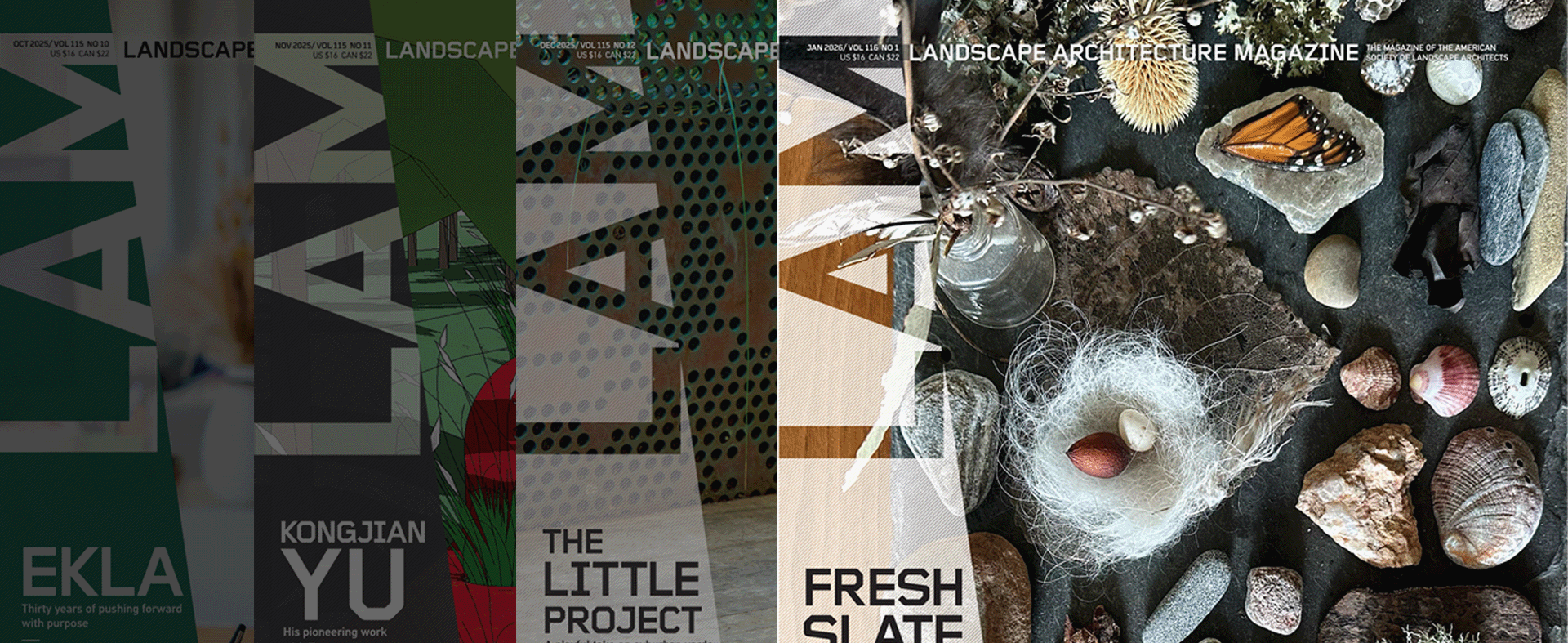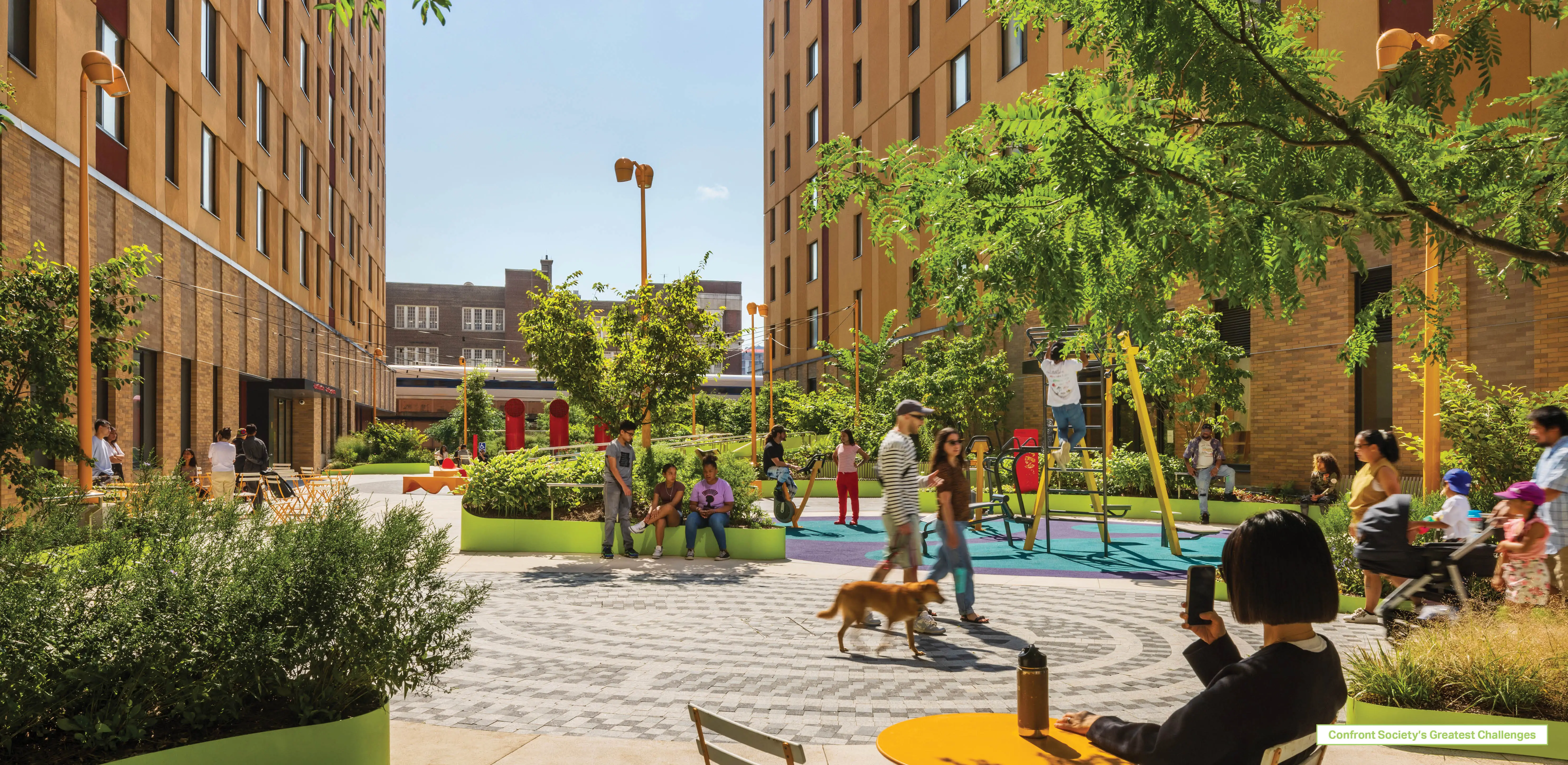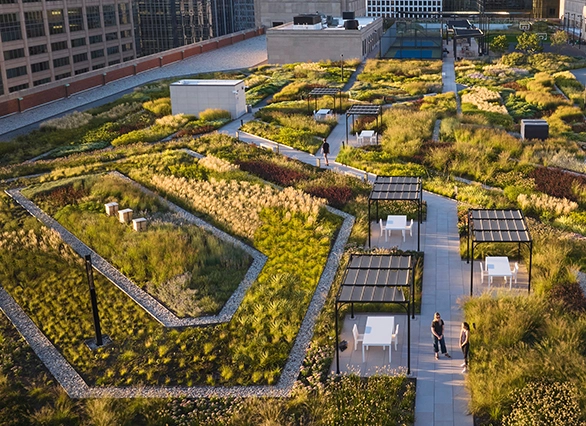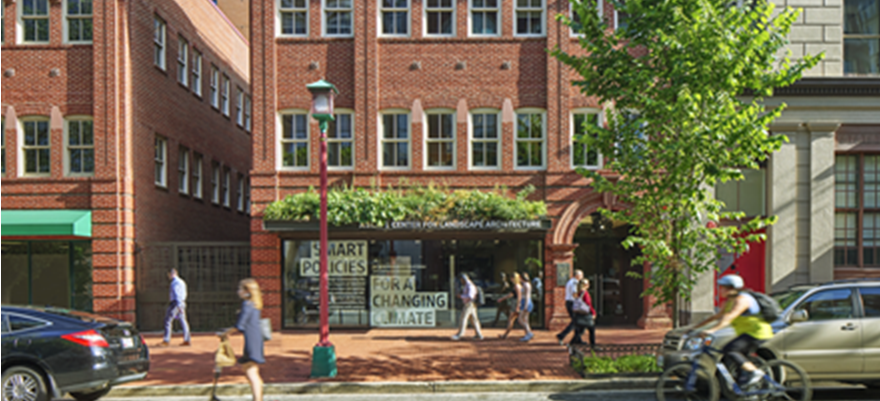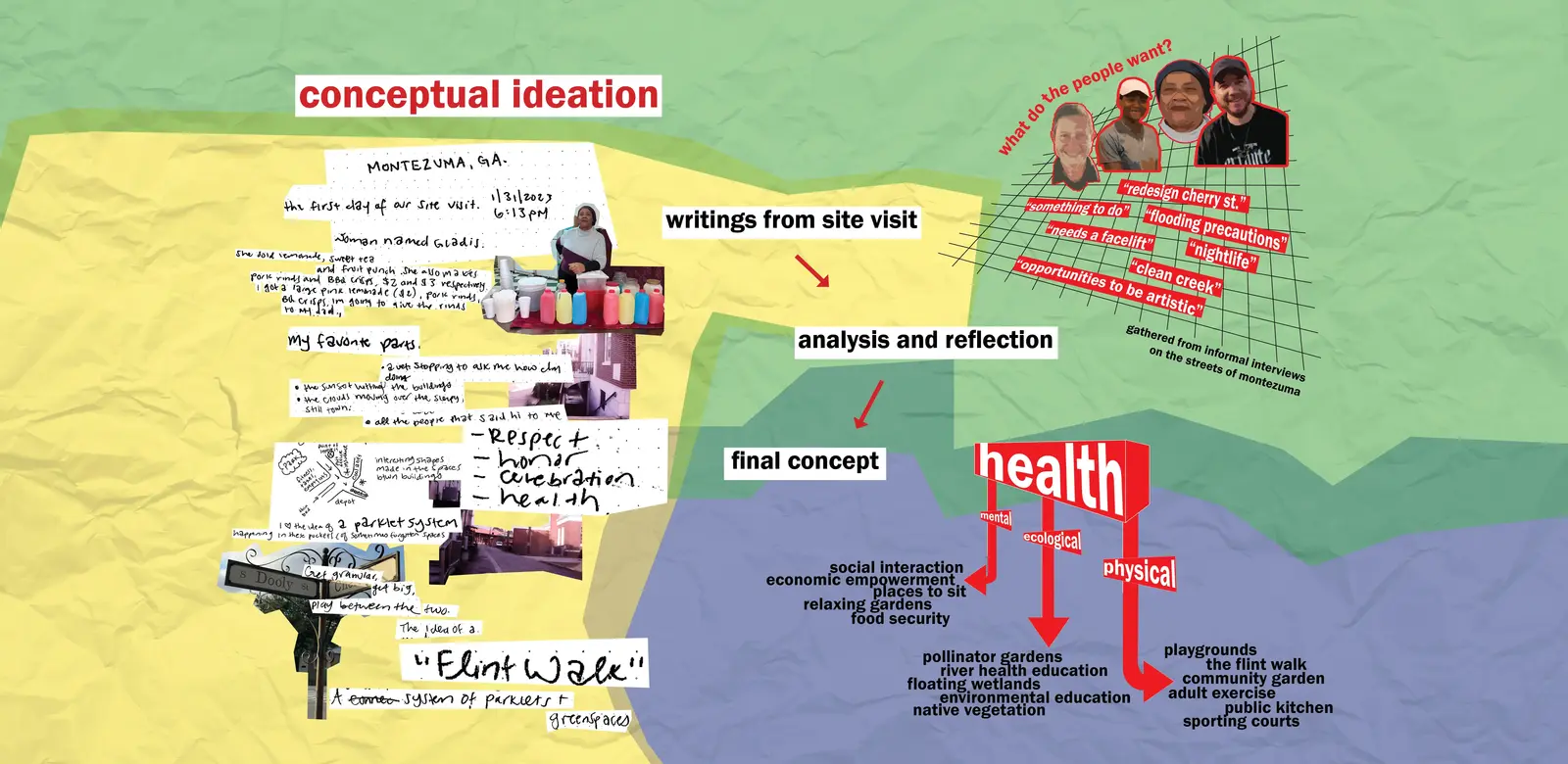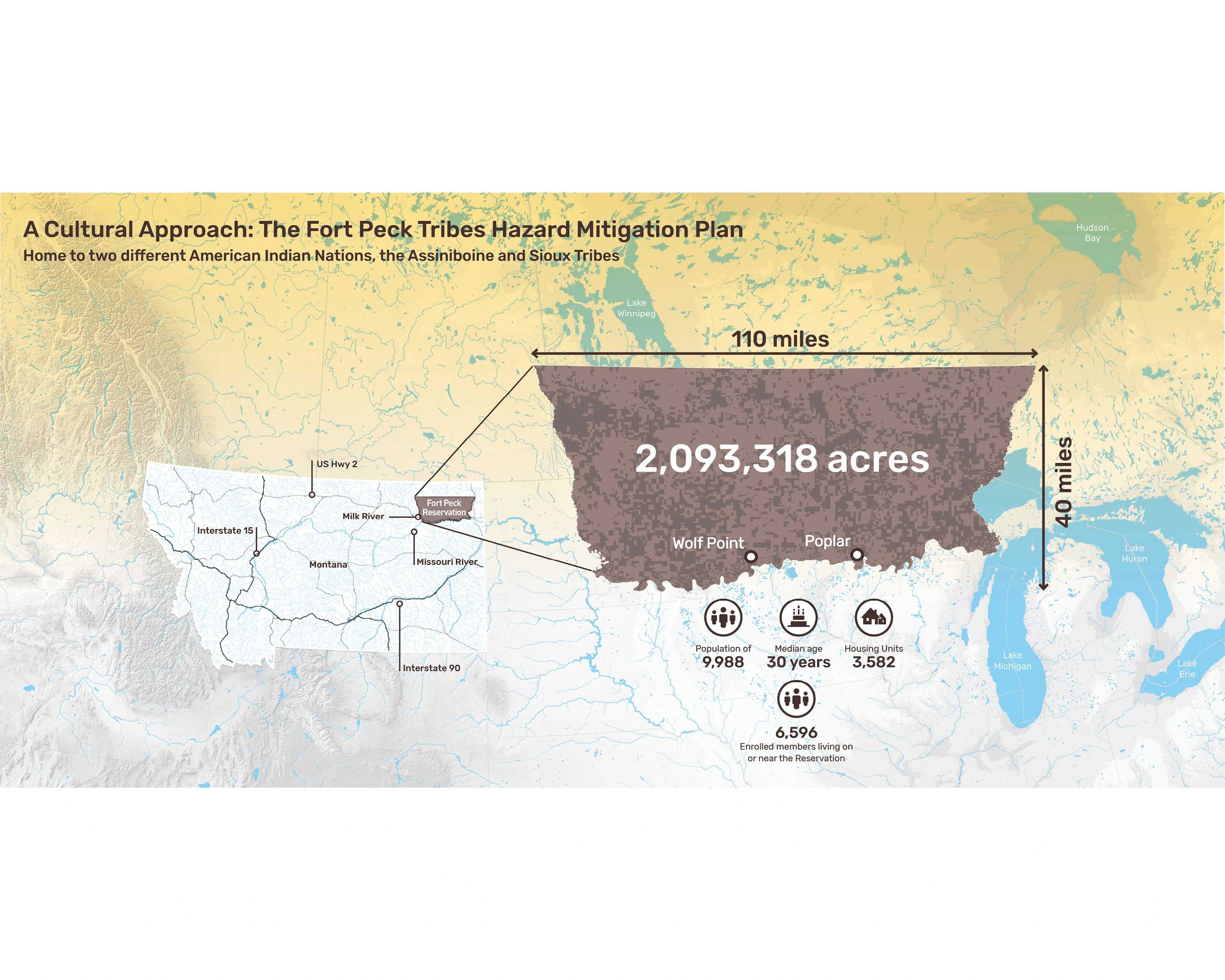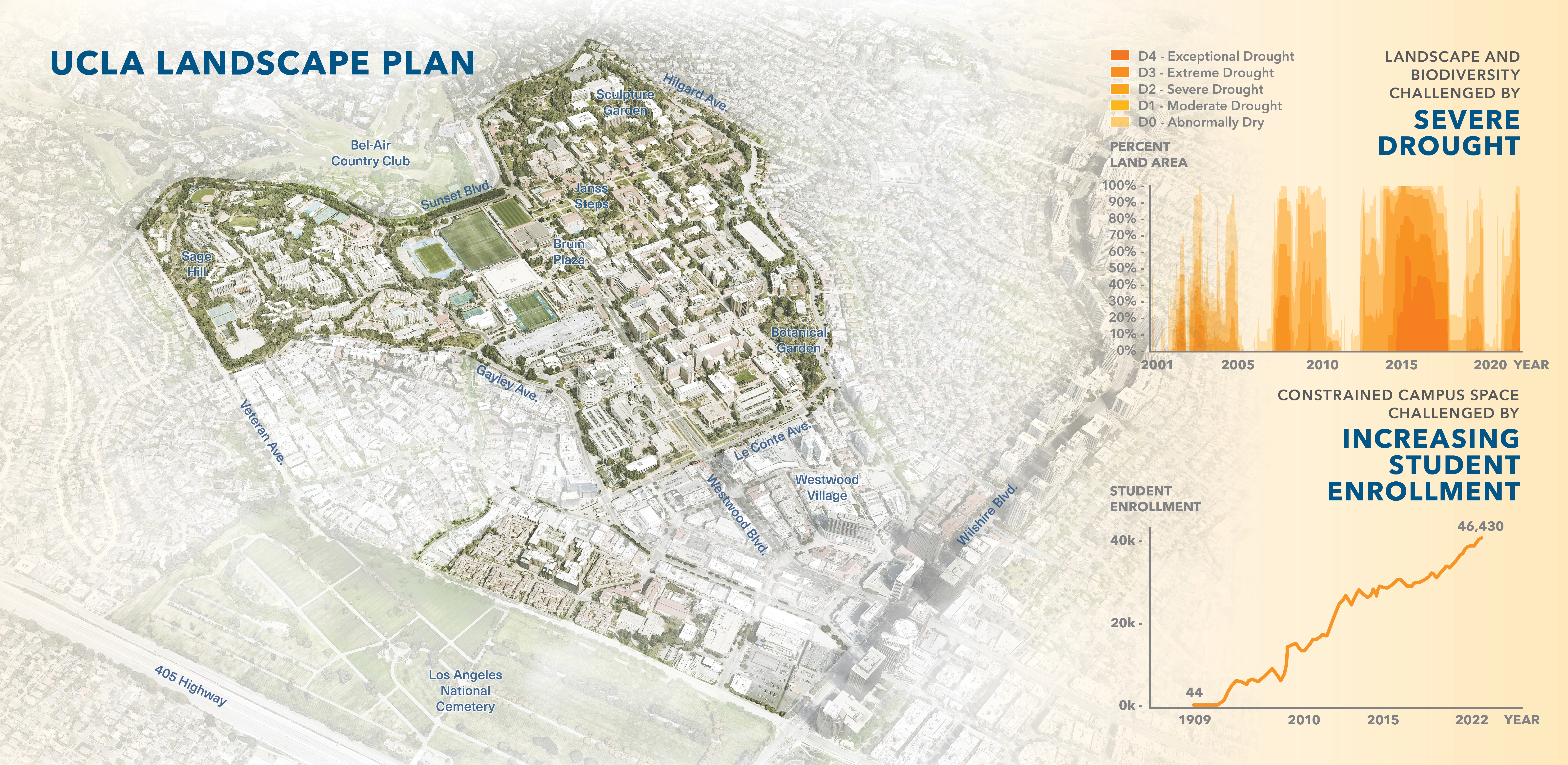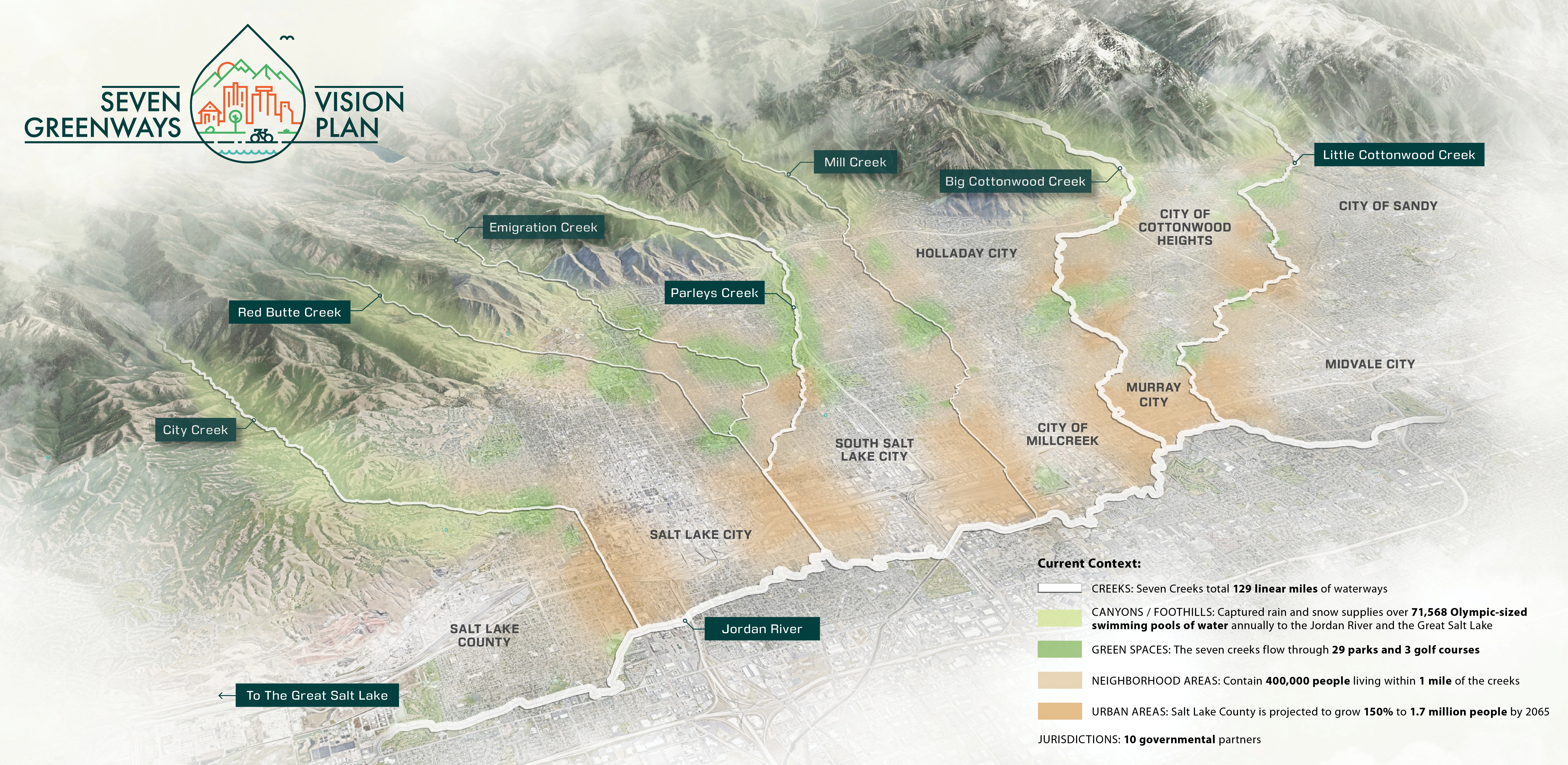Designing Healthy Places in the American South: Montezuma, Georgia
Brooke Freeman, Associate ASLA
A fun and refreshing project. Its clear time was spent here and listened to the stakeholders.
Awards Jury
-
Rubber duck races, cups of lemonade, fields teeming with peaches, peanuts, and pecans. Life seems a little easier in rural Georgia. When tasked with creating a masterplan for Montezuma, GA, I took to the streets- a relaxed ambling- meeting all of the little details that make Montezuma the warm town that it is. But something was missing. Montezuma needed the tools to care for its own people. This project sought to do that; it analyzes the town’s existing resources, creating a framework of design solutions to enhance them. It extrapolates the theme of “Health” on three levels: Ecological, Physical, and Mental, extending an invitation to consider how the built environment can help folks living in the American South lead a more healthy life.
-
When I first visited Montezuma, Georgia, I took a walk down Cherry Street. I dipped into one shop where I saw a woman standing behind large buckets of lemonade and juice. She was shuffling around the quaint store, shifting around handmade pork rinds in ziploc bags and adding ice chips to a tub of sweet tea. I asked her for her name and a large pink lemonade, and she poured me a full styrofoam cup, sharing that her name was Gladis, and that she had owned this snack and beverage shop for over 15 years. I asked her if she had a favorite part of town. She said she didn’t, and that all she knew was that Montezuma needed a “facelift.” I told her I’d be back tomorrow.
After visiting Montezuma and speaking to the people that live there, I was left with the impression that the community needed to know that the town cared for them. With the history of a devastating flood in 1994 followed by a struggle to recoup economically, it was clear that Montezuma needed some crucial revitalization. For my theme, I landed on HEALTH. Ecological, Physical, and Mental. How can the built environment support the health and resilience of its people? And not just its people, its plant life, soil, economy, beauty, water systems, and spirit? That’s just what I set out to explore with this design. To make Montezuma the town that cares for you.
So, came back to the studio and started writing. During my time in Montezuma, I collected everything from hardscape measurements to interview quotes to the exact time the trains came into town each day. From a young barista, I learned of the need for nightlife- for a vibrant community that supports the youth and their creative pursuits. Chelsea, the young barista, wants more than anything to live her dream of being a tattoo artist. These stories were the driving factor behind many of my urban infill design decisions. Restaurants, bars, affordable housing. In what ways can we bring more creative minds into Montezuma, and foster the ones already living there? To encourage the social health of a community.
And what about the ecological? Montezuma is situated within a unique ecological context: it is located within two ecotones, cradled by the Flint River, and has Beaver Creek running along its southern border. The creek has long plagued the town with historic, devastating floods, whose mark is ever-present in the enormous levee which was erected to prevent further catastrophic flooding. In visiting the Atlanta History Center for research on Montezuma, I was met with article clipping after article clipping about the Flood of ‘94. All of this showed me a desperate need for ecological restoration and education.
The heart of this project is called “The Flint Walk.” It is a walk around downtown Montezuma that carries pedestrians through a series of greenspaces and destinations throughout the town. It highlights certain health-related themes and educates visitors on ecological topics such as water health and native plant life. You can tell you’re on the Flint Walk by noticing the painted concrete beneath your feet, pollinator plants lining your walk, and distinct signs pointing you towards your way. Every design decision made along the Flint Walk was incepted for its contribution to health- be it human or ecological. The Farmer Kids’ playground promotes physical health, while the floating wetland and viewing dock promote cleaner water and education. All of the design decisions relate in some way to the overall theme of health.
-
- Serviceberry
- Fall Aster
- Common Yarrow
- Cream Wild Indigo
- River Birch

.webp?language=en-US)
